Showing Spotlights 41 - 48 of 559 in category All (newest first):
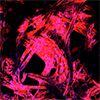 Researchers develop a new manufacturing strategy to generate tunable, durable and cell-friendly biomimetic matrices that closely recreate the multiscale structure and bioactivity of the extracellular matrix.
Researchers develop a new manufacturing strategy to generate tunable, durable and cell-friendly biomimetic matrices that closely recreate the multiscale structure and bioactivity of the extracellular matrix.
Sep 20th, 2023
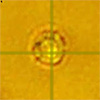 Researchers developed hypothermal opto-thermophoretic tweezers that use low laser power and cooling to precisely manipulate cells and nanoparticles without damage.
Researchers developed hypothermal opto-thermophoretic tweezers that use low laser power and cooling to precisely manipulate cells and nanoparticles without damage.
Sep 8th, 2023
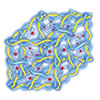 Researchers develop a fully biodegradable and biocompatible ionotronic skin that rapidly dissolves in physiological fluids, opening the door to zero-waste wearable electronics.
Researchers develop a fully biodegradable and biocompatible ionotronic skin that rapidly dissolves in physiological fluids, opening the door to zero-waste wearable electronics.
Sep 1st, 2023
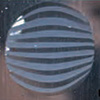 Researchers develop a new biomaterial fabrication technique combining co-extrusion and 3D printing to produce scaffolds with nanoscale layers, improving cardiomyocyte growth and function.
Researchers develop a new biomaterial fabrication technique combining co-extrusion and 3D printing to produce scaffolds with nanoscale layers, improving cardiomyocyte growth and function.
Aug 29th, 2023
 Real-time, in-package pathogen detection technology could significantly reduce foodborne illnesses and waste, while improving efficiencies in the food supply chain.
Real-time, in-package pathogen detection technology could significantly reduce foodborne illnesses and waste, while improving efficiencies in the food supply chain.
Aug 24th, 2023
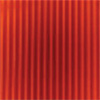 Scientists are using near-infrared light to wirelessly power medical implants, aiming to reduce surgeries and enhance patient comfort.
Scientists are using near-infrared light to wirelessly power medical implants, aiming to reduce surgeries and enhance patient comfort.
Aug 18th, 2023
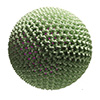 Researchers have developed 'drycells', microdroplets that encapsulate single cells in a powdery shell. This breakthrough enables easy cell picking and has potential to advance tissue engineering and precision medicine.
Researchers have developed 'drycells', microdroplets that encapsulate single cells in a powdery shell. This breakthrough enables easy cell picking and has potential to advance tissue engineering and precision medicine.
Aug 1st, 2023
 Researchers explore nanomotors as a biomolecular toolbox to propel precision nanomedicine forward, introducing various propulsion mechanisms to advance diagnostics, drug delivery, and cancer treatments.
Researchers explore nanomotors as a biomolecular toolbox to propel precision nanomedicine forward, introducing various propulsion mechanisms to advance diagnostics, drug delivery, and cancer treatments.
Jul 25th, 2023
 Researchers develop a new manufacturing strategy to generate tunable, durable and cell-friendly biomimetic matrices that closely recreate the multiscale structure and bioactivity of the extracellular matrix.
Researchers develop a new manufacturing strategy to generate tunable, durable and cell-friendly biomimetic matrices that closely recreate the multiscale structure and bioactivity of the extracellular matrix.
 Subscribe to our Nanotechnology Spotlight feed
Subscribe to our Nanotechnology Spotlight feed





